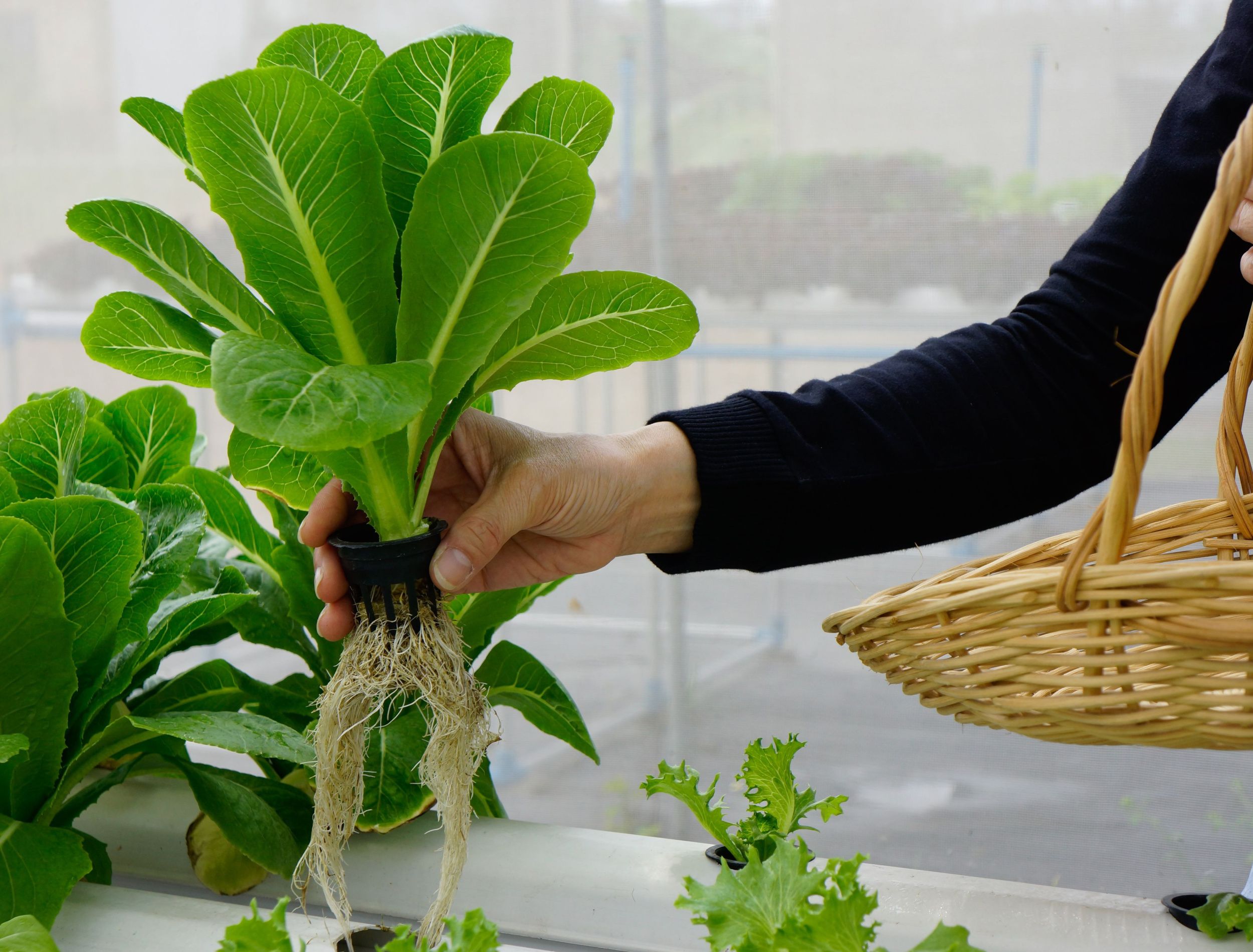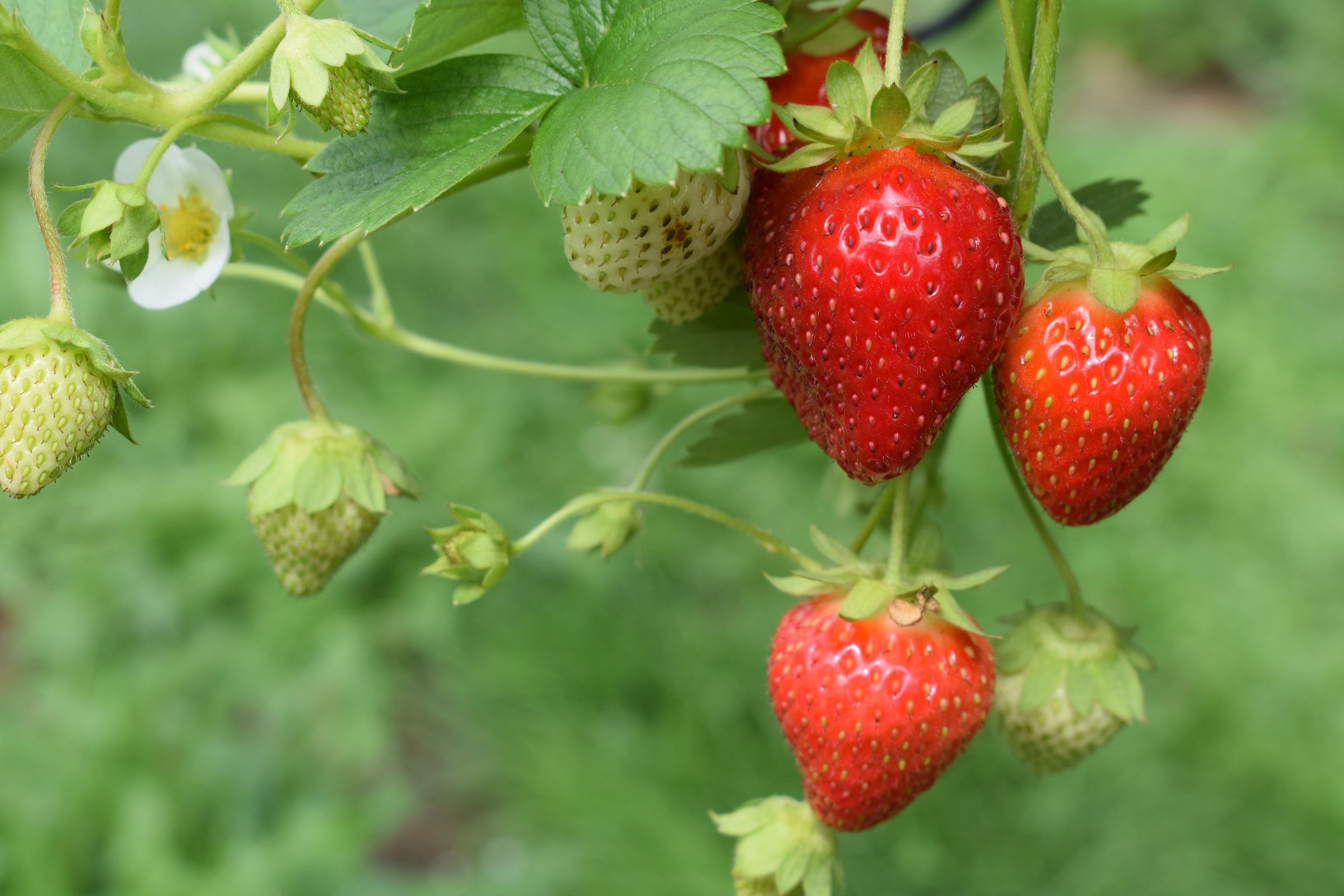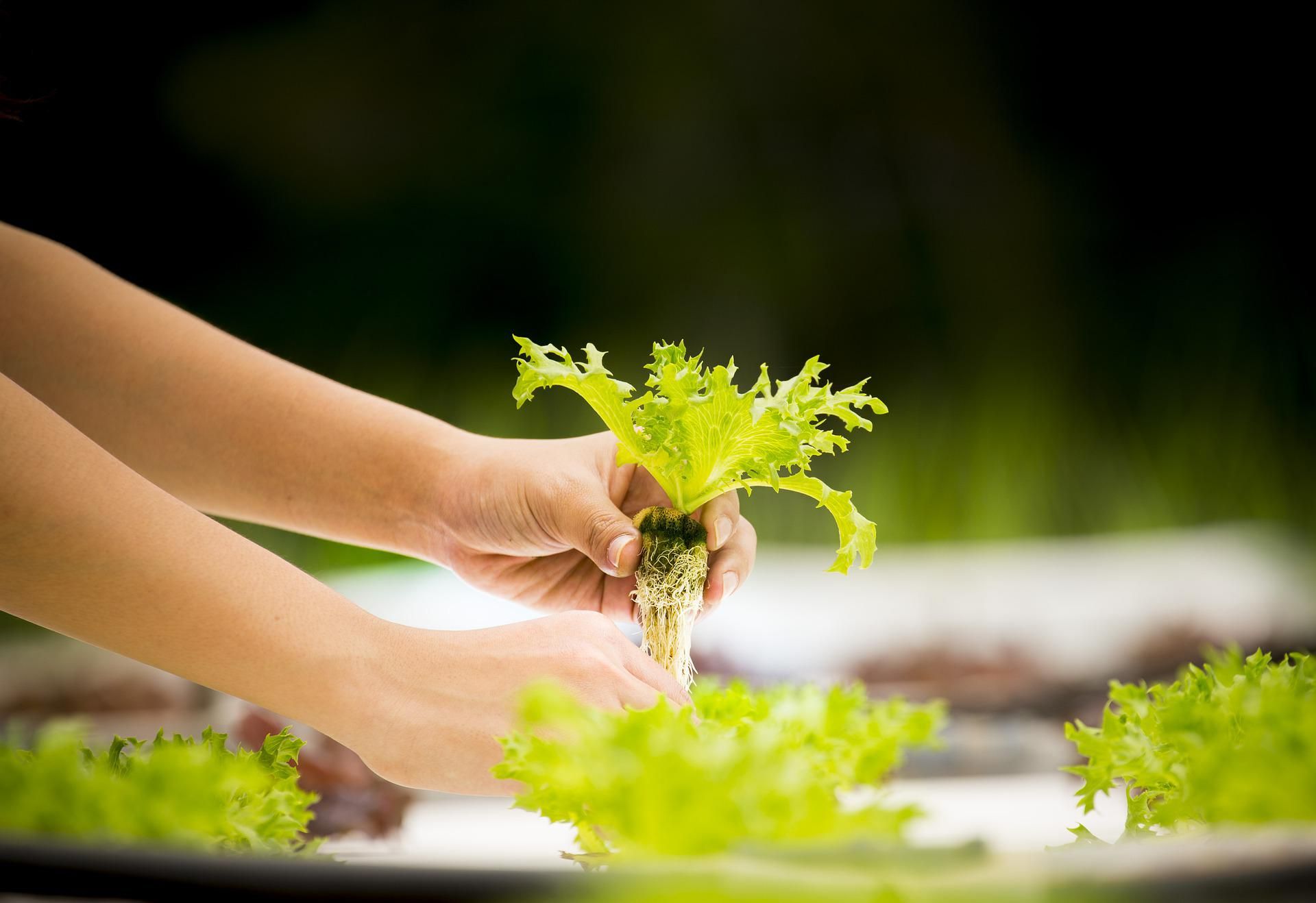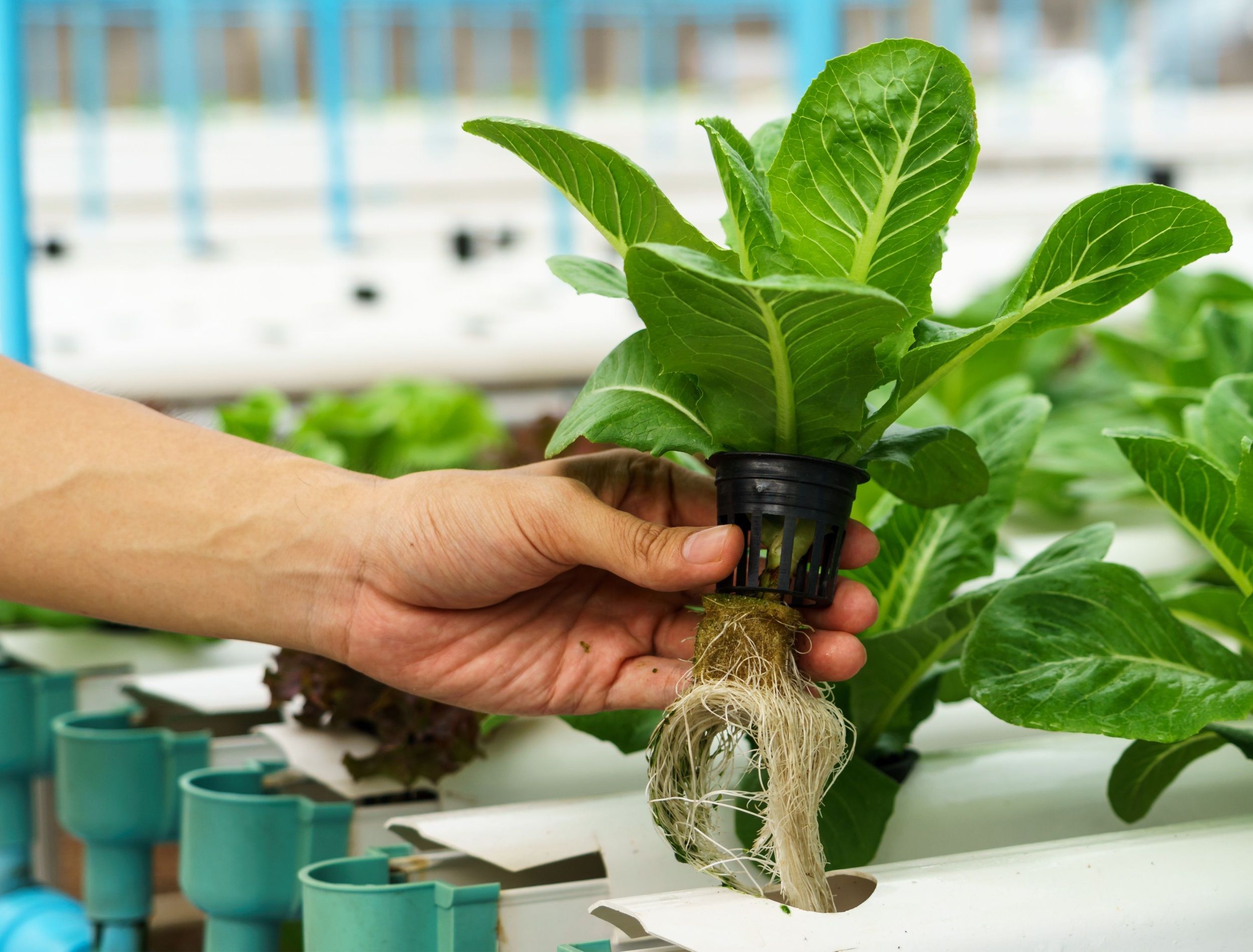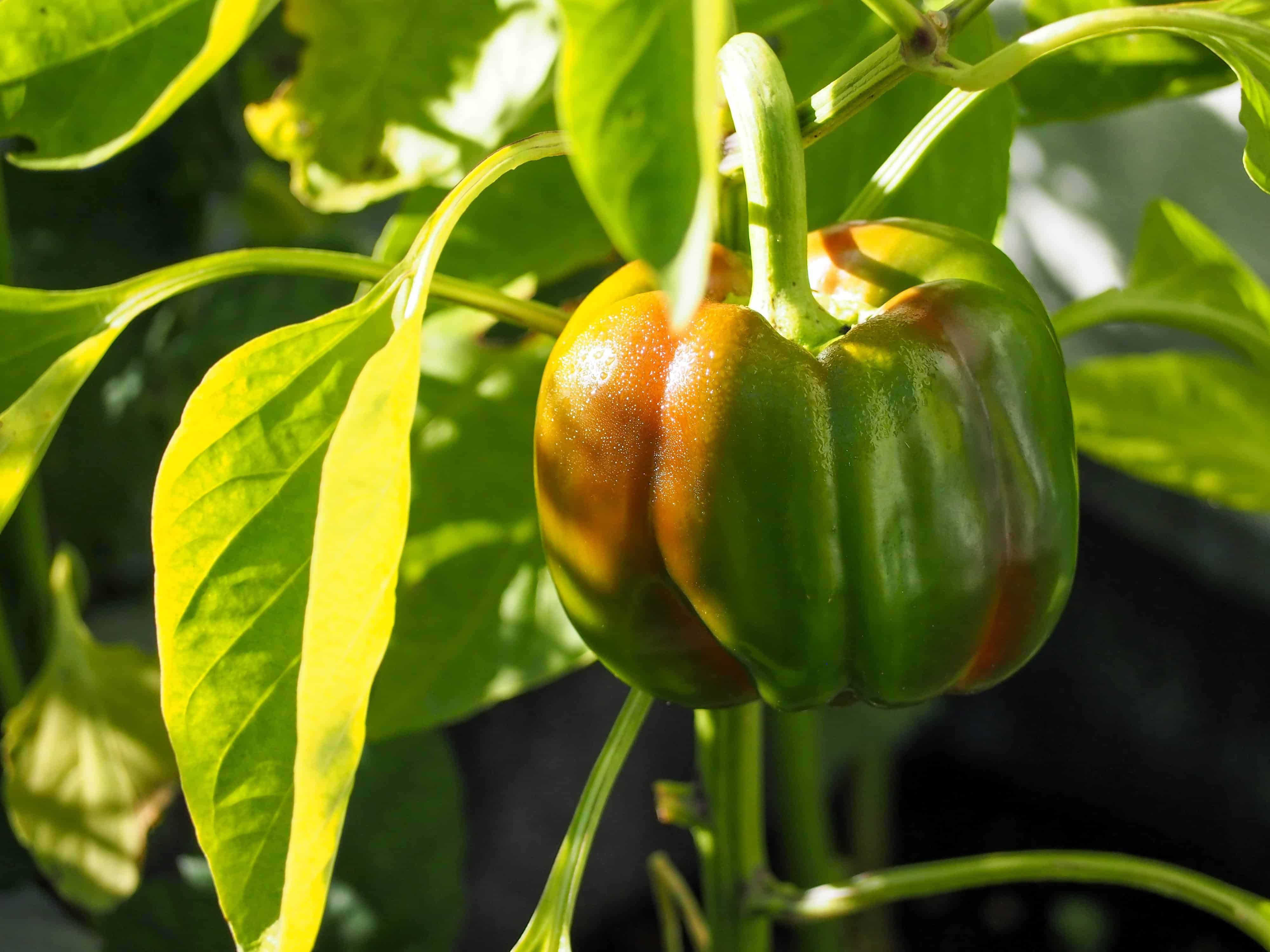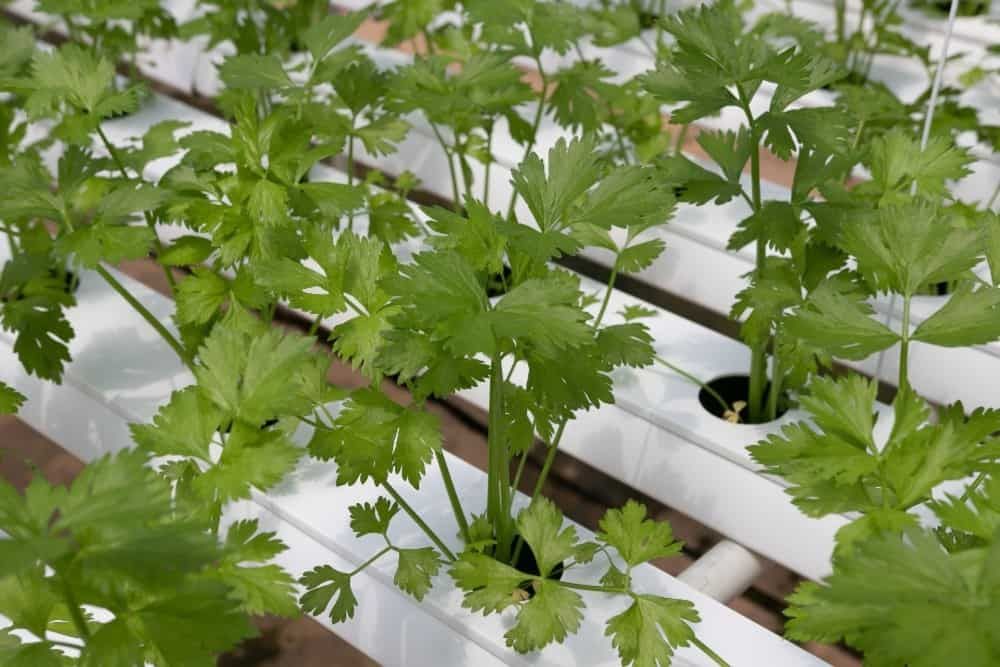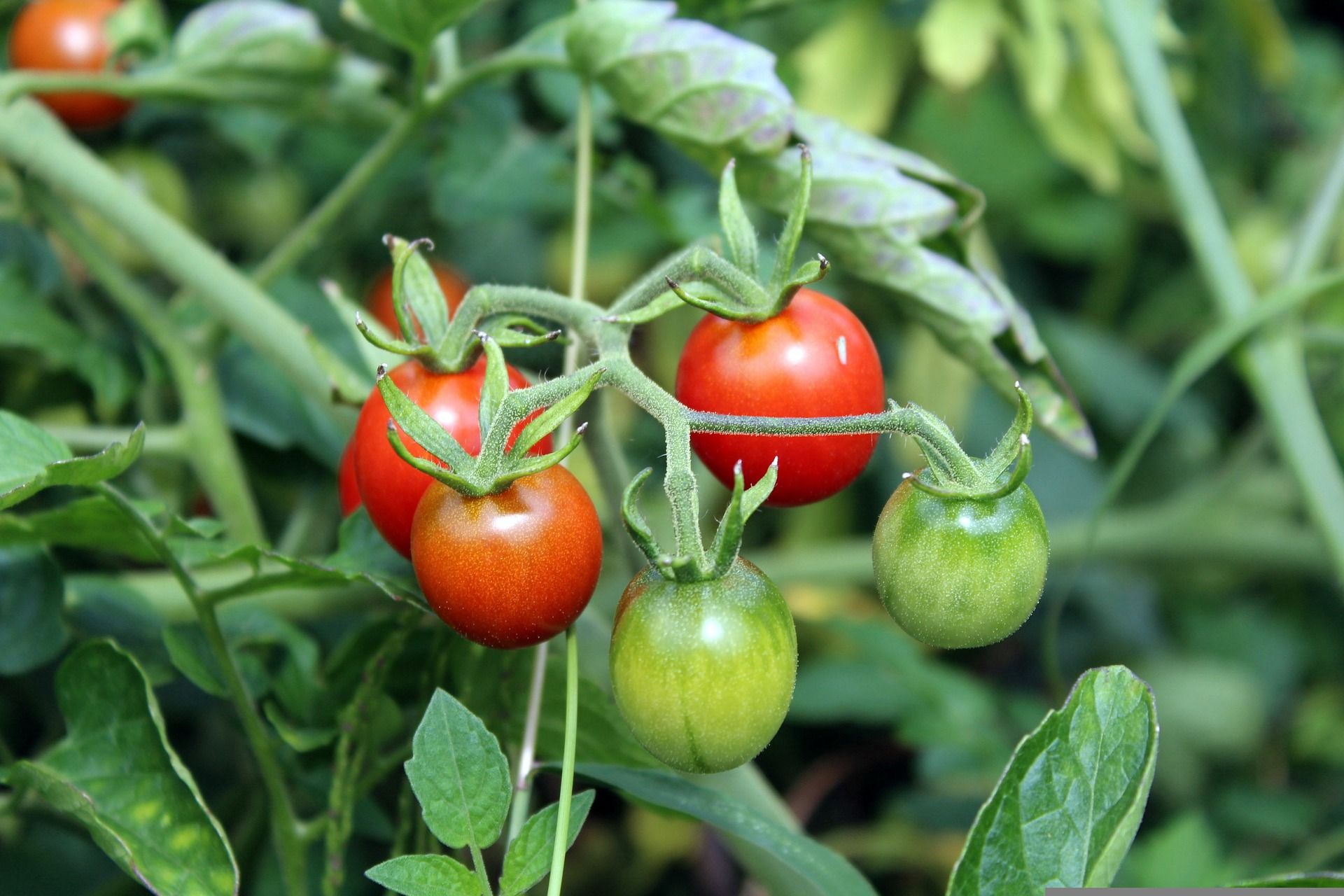Hydroponic gardening is one of the best ways to grow your own fruits, vegetables, and herbs indoors. Essentially, you grow the plants directly in nutrient-rich water, similar to propagation, and the entire setup is soil-free. Plus, it's easy to DIY your own hydroponic garden using items you likely already have at home.
If you've recently started your own hydroponic garden, you may be wondering which plants will work best. Below, you'll discover the top fruits, veggies, and herbs to add to your hydroponic garden, as well as a few care tips.
Strawberries
Image credits: Oliver Hale via Unsplash
While strawberries are a favorite fruit, they are also seasonal if you're growing them outdoors. With a hydroponic system, you can grow strawberries that are ready-to-pick all year round.
Strawberries are great for a hydroponic garden since the plants easily climb a vertical garden. This also helps them produce more fruit as the vines are supported.
Keep the strawberries at a temperature around 45 degrees Fahrenheit during the night and 75 degrees Fahrenheit during the day. Use a grow light or place your hydroponic garden strategically to ensure the plants get at least six hours of light per day.
Lettuce
Image credits: sippakorn via Pixabay
Lettuce is one of the easiest and most common vegetables to grow in a hydroponic garden. This is because it is fast-growing, maturing in about only a month, and easy to care for. Start by germinating the seeds and then transfer them to a hydroponic growing system with a nutrient-rich solution.
To care for the plants, provide around 10 to 11 hours of light per day. With too little light, the lettuce won't grow properly and could become bitter. Keep an eye on the water levels ensuring the roots are still touching the water. Also, keep temperatures between 65 and 80 degrees Fahrenheit.
Spinach
Image credits: piya Sukchit via Shutterstock
Similar to lettuce, spinach grows well in a hydroponic system. The plants only take around 20 to 50 days to develop. You can harvest your spinach as it grows, using a sharp pair of pruning shears and snipping as you please for up to 12 weeks.
Also, spinach and lettuce are companion plants. This is because lettuce fights the fungus Pythium, which kills spinach. Similar to lettuce, you will need to start by germinating the seeds and transferring them into your hydroponic garden.
Keep temperatures around 50 to 68 degrees Fahrenheit and give the plants at least three to four hours of light daily. Remember that lower temperatures may slow growing time.
Bell Peppers
Image credits: Greg Daines via Unsplash
Bell peppers are a more advanced option for growing in a hydroponic garden. Fluctuations in light, temperature, and nutrients can affect your yield, so it's best to grow these plants in hydroponic systems in greenhouses. With better control over the growing factors, you can actually enjoy better tasting peppers.
Plan for 14 to 18 hours of light per day and keep the plants at least 6 inches below the grow lights. Also, prune and pinch the plants to keep their height at about 8 inches to encourage the growth of peppers. In about 90 days, your peppers are ready for harvesting.
Herbs
Image credits: marsraw via Pixabay
Herbs, such as cilantro, mint, and basil, are incredibly easy to grow using a hydroponic garden. You can easily propagate herbs and grow them from scraps, so it makes sense that these plants do well in a hydroponic system!
While growing time is dependent on the type of herb you choose, the plants generally require at least six hours of sunlight per day. You can also plant more than one type of herb together to make your own herb garden. Also, there are a few different options for planting: transplant the herbs by washing soil off, start from seed to make seedlings, or grow from scraps!
When it comes to harvesting, it's easy to prune the herbs back as they grow and use them as you need. If the plants start to bolt, which means put out flowers, pinch the flowers back, and continue harvesting. You can also store the herbs by drying, freezing, and refrigerating if things are growing too quickly!
Tomatoes
Image credits: _Alicja_ via Pixabay
Tomatoes are another classic option for growing in a hydroponic garden. With that said, it's important to choose small plants. Beefsteak tomatoes are the most common variety, though you can also grow other cultivars such as cherry, grape, and roma. They are also more resistant to diseases like powdery mildew.
Depending on your situation, you can use determinate (bushy) or indeterminate (vining) varieties. Determinate will produce one large crop, while indeterminate will continue to produce over an extended period of time.
Start by germinating your tomato seeds and transplant them about 10 to 14 days later. Give the plants around seven hours of sun per day and keep temperatures at 65 to 80 degrees Fahrenheit during the day and 55 to 65 degrees Fahrenheit at night. You can also prune the plants to increase your yield.
Fruit should begin to produce within 60 days. Depending on the variety, harvest all the tomatoes at once or harvest them as they ripen.
Get Planting!
Hydroponic gardening is a great way to grow your favorite fruits, veggies, and herbs all year round. The setup requires very little maintenance–you'll just need to check on the lights, refill the water, and add nutrients to maintain the pH. Fortunately, some of the most popular fruits and veggies are also the best ones to grow in a hydroponic garden!
Do you have any tips for adding these plants to a hydroponic garden? Share in the comments below!

